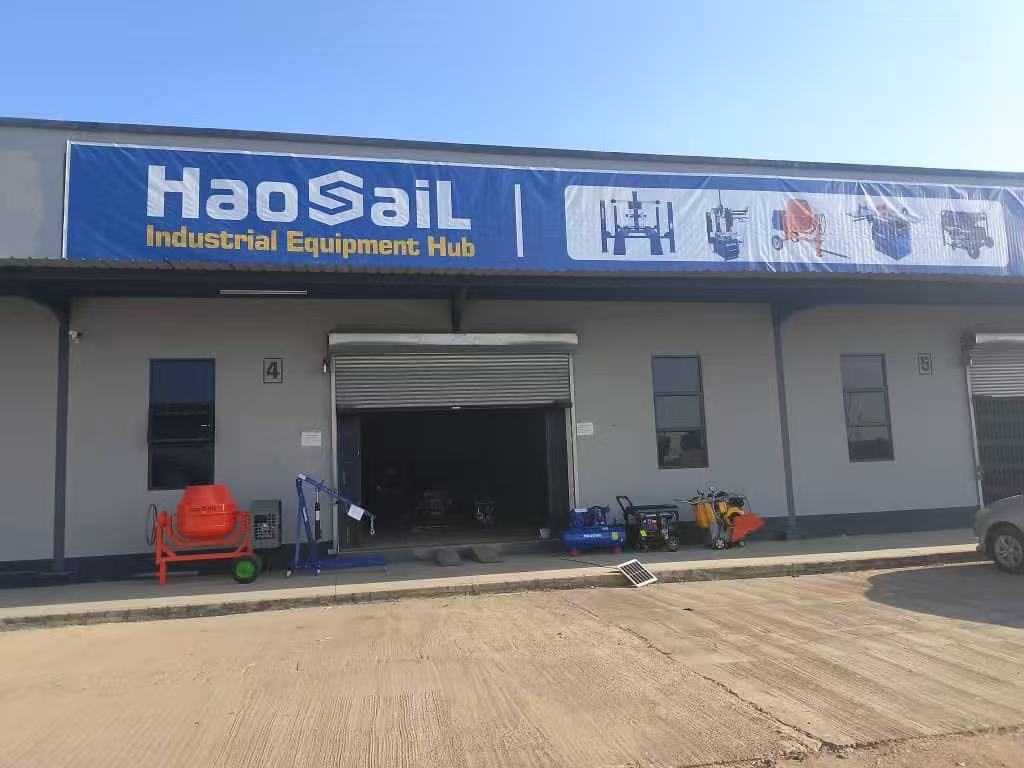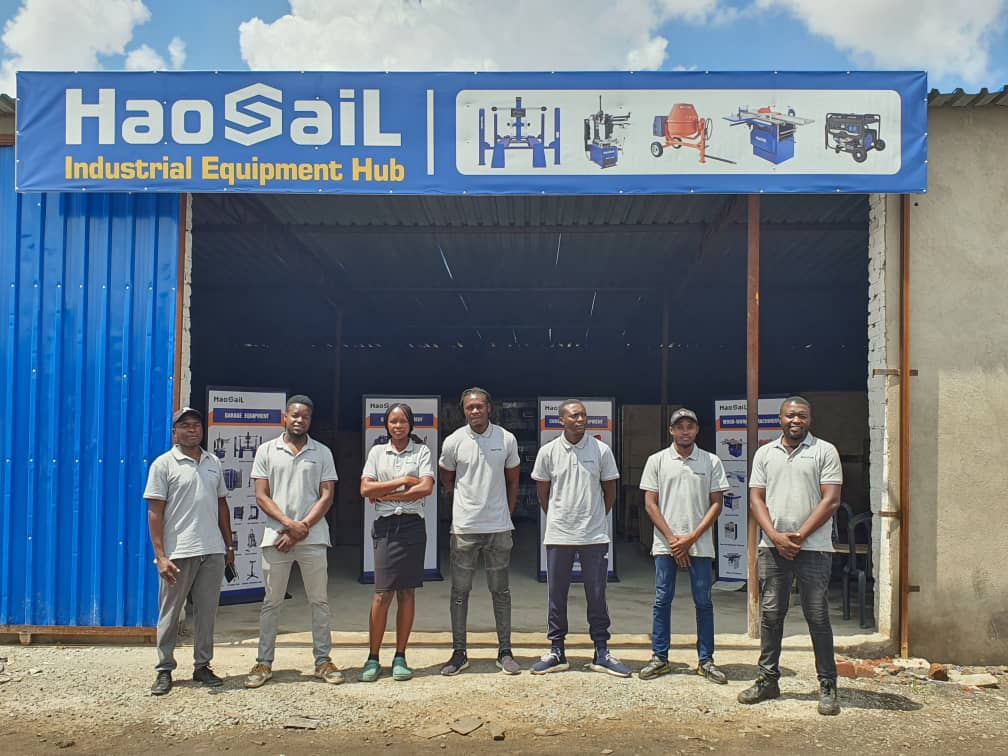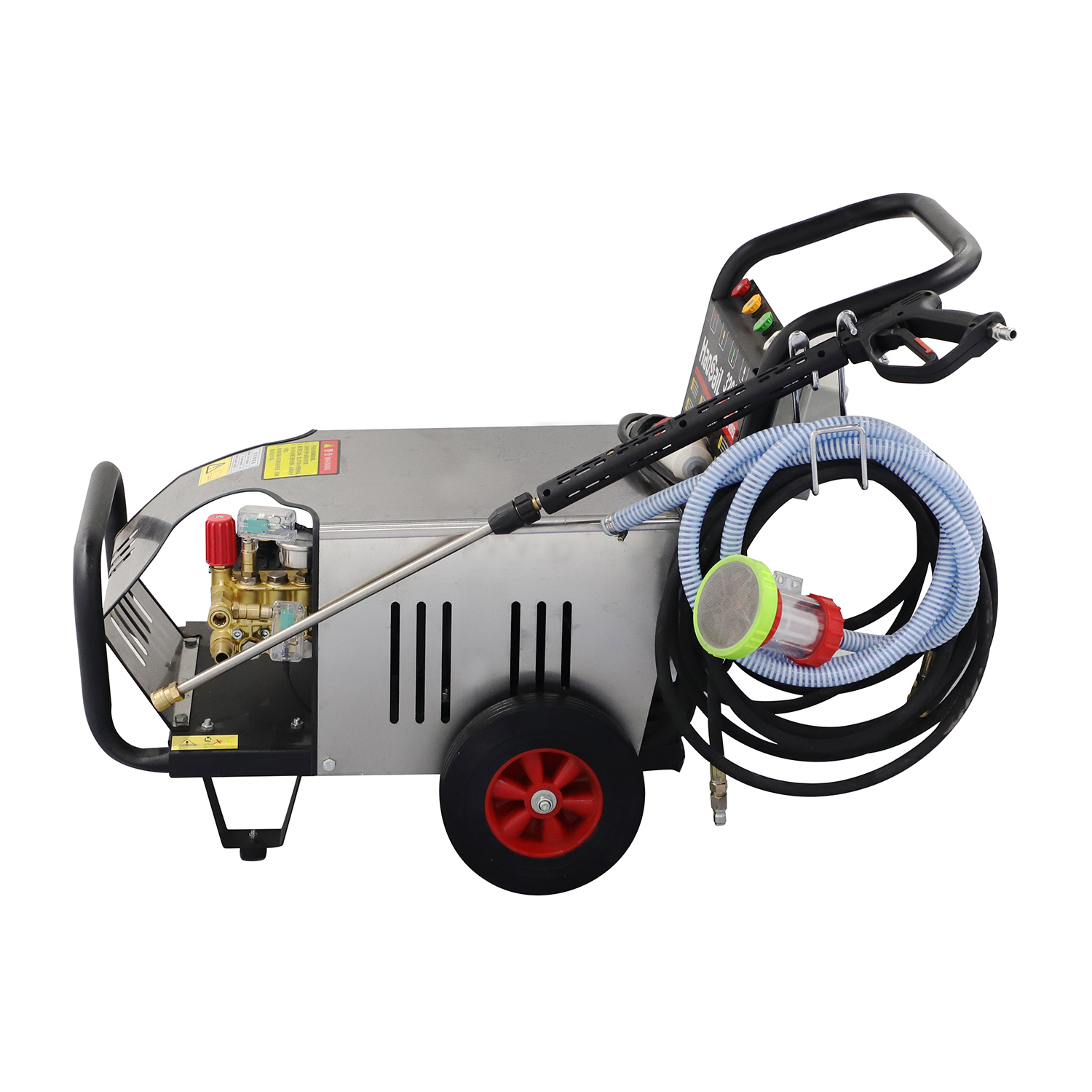
In the automotive repair industry, the combination of 3D wheel alignment systems and vehicle lifts is essential for achieving precise and efficient alignment results. However, not all lifts are created equal, and the choice of lift can significantly impact the accuracy and safety of the alignment process. This article explores how 3D wheel alignment systems work in tandem with lifts and explains why two-post lifts are generally not recommended for this purpose.
The Role of 3D Wheel Alignment Systems
A 3D wheel alignment system is a state-of-the-art tool used to measure and adjust the angles of a vehicle’s wheels. By using advanced cameras and sensors, this system captures three-dimensional data of the vehicle’s suspension and steering components. The result is a highly accurate alignment that improves vehicle handling, tire longevity, and fuel efficiency. For optimal performance, the vehicle must be positioned on a lift that provides stability and accessibility.
Why Lifts Are Essential for 3D Wheel Alignment
1. Stability and Precision
A stable lift ensures that the vehicle remains level and secure during the alignment process. This is crucial for obtaining accurate measurements with a 3D wheel alignment system. Any movement or instability can lead to incorrect readings and subpar results.
2. Accessibility
Lifts elevate the vehicle, providing technicians with easy access to the wheels, suspension, and steering components. This accessibility is essential for making precise adjustments during the alignment process.
3. Safety
Working on a lifted vehicle reduces the risk of injury for technicians, as they can perform tasks at a comfortable height without bending or crouching. A stable lift also minimizes the risk of the vehicle shifting or falling during the alignment process.
The Problem with Two-Post Lifts
While two-post lifts are commonly used in automotive repair shops, they are not ideal for 3D wheel alignment. Here’s why:
1. Lack of Stability
Two-post lifts rely on two narrow points of contact with the vehicle, which can lead to instability. During a 3D wheel alignment, even slight movement can compromise the accuracy of the measurements. This instability is particularly problematic for heavier vehicles or those with uneven weight distribution.
2. Limited Accessibility
Two-post lifts do not provide a platform for technicians to stand on while working. This can make it difficult to access certain components of the vehicle, especially during the alignment process. Technicians may need to use additional equipment, such as stools or ladders, which can be inconvenient and unsafe.
3. Risk of Vehicle Damage
The narrow arms of a two-post lift can cause damage to the vehicle’s undercarriage or body if not positioned correctly. This risk is heightened during the alignment process, which requires precise adjustments to the suspension and steering components.
4. Incompatibility with 3D Wheel Alignment Systems
Many 3D wheel alignment systems require the vehicle to be on a flat and stable surface for accurate measurements. Two-post lifts, with their narrow design and potential for movement, are not well-suited for this purpose.
Recommended Alternatives: Four-Post Lifts and Alignment Lifts
For 3D wheel alignment, four-post lifts or specialized alignment lifts are the preferred choice. These lifts provide a stable and level platform, ensuring accurate measurements and safe working conditions. Four-post lifts, in particular, offer additional benefits, such as:
The four-point contact design minimizes movement, providing a solid foundation for the alignment process.
Technicians can easily access all parts of the vehicle, including the wheels and suspension components.
Four-post lifts can accommodate a wide range of vehicles, from compact cars to heavy-duty trucks.
Many four-post lifts come with built-in safety mechanisms, such as locking systems and adjustable arms, to prevent accidents.
Conclusion
The combination of 3D wheel alignment systems and the right type of lift is crucial for achieving precise and efficient alignment results. While two-post lifts are popular in automotive repair shops, their lack of stability, limited accessibility, and potential for vehicle damage make them unsuitable for 3D wheel alignment. Instead, four-post lifts or specialized alignment lifts are recommended for their stability, safety, and compatibility with advanced alignment technology. By choosing the right equipment, repair shops can ensure accurate alignments, improve customer satisfaction, and enhance overall efficiency. Whether for routine maintenance or complex repairs, the synergy between 3D wheel alignment systems and the right lift is a cornerstone of modern automotive care.




